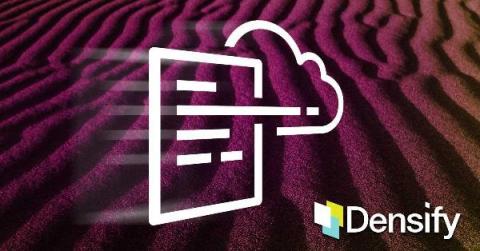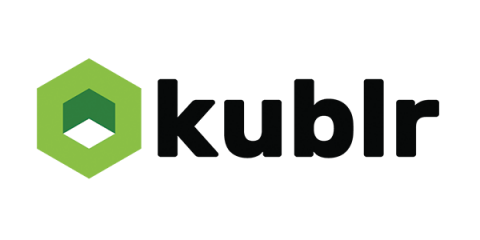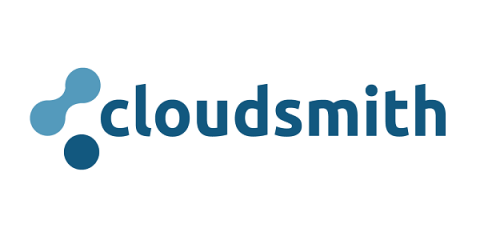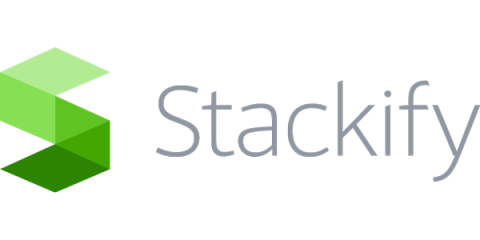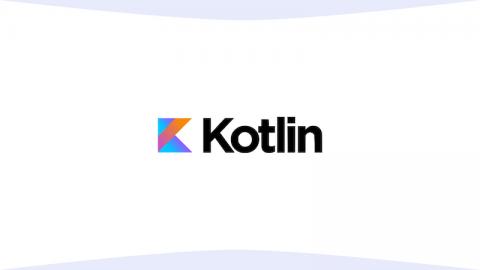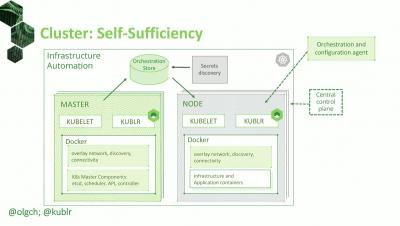Rancher 2.4 Keeps Your Innovation Engine Running with Zero Downtime Upgrades
Delivering rapid innovation to your users is critical in the fast-moving world of technology. Kubernetes is an amazing engine to drive that innovation in the cloud, on-premise and at the edge. All that said, Kubernetes and the entire ecosystem itself changes quickly. Keeping Kubernetes up to date for security and new functionality is critical to any deployment.



